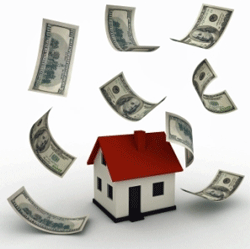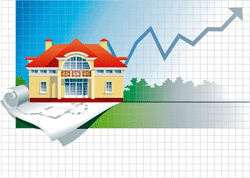Affordable home prices and historically low interest rates have created an ideal situation for many qualified first-time home buyers to purchase a house. Despite this opportunity, some buyers may be overconfident and make mistakes during the home-buying process.
MAKING SENSE OF THE STORY FOR CONSUMERS
- Some first-time buyers are unaware of the vast amount of paperwork and negotiations that go into purchasing a home. As a result, buyers may think they can save money by forgoing the use of a REALTOR®. However, managing the nuances of offers, inspections, financing, and other pivotal steps when buying a home often causes confusion and anxiety for buyers. Working with a REALTOR®–who is obligated to put the buyer’s best interests first–will help to alleviate buyer concerns during this process.
- Online mortgage calculators can help buyers estimate the amount of house they can afford, but calculators should not be the sole source for mortgage-approval information. Buyers are advised to meet with a mortgage broker or banker prior to beginning the home search to help determine the loan amount for which they are most likely to be approved.
- Although there is a large selection of homes available for sale, home buyers should not assume they can make low offers or unreasonable demands. Even in hard-hit housing markets, homes in desirable neighborhoods are receiving multiple offers.
To read the full story, please click here.
John J. O’Del
Licensed Real Estate Broker
Call 530-263-1091




